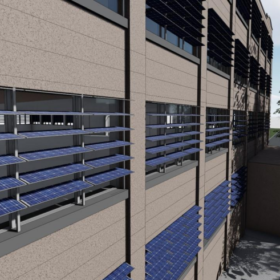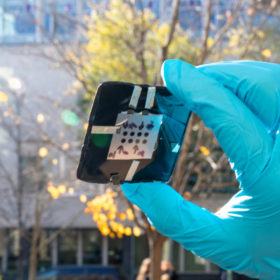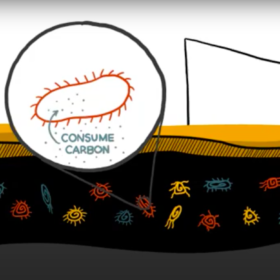Neoen starts building 93 MW solar plant in Canada
French renewables developer Canada has started building a 93 MW solar project in the Canadian province of Alberta. The plant will feed power into the local grid, which is operated by ATCO Electric.
New microinverter for solar water pump applications
Canadian manufacturer Sparq has unveiled a three-phase microinverter for on-grid and off-grid solar water pumps. It has a peak efficiency of 97.5% and a nominal maximum power point tracking (MPPT) efficiency of 99.8%.
Design framework for BIPV shading devices
Canadian researchers have developed a new model to improve the performance of building-integrated PV (BIPV) shades in buildings. They considered solar electricity, heat transferred through windows, and interior daylighting quality.
Canada set to hit 5 GW milestone
Canada is set to install 500 MW of new solar in 2022, bringing its total capacity to about 5 GW, according to data from Canmet Energy. The country is expected to hit 35 GW of total solar capacity by 2050.
All-perovskite tandem solar cell with 27.4% efficiency, high voltage
A US-Canadian research group has built an all-perovskite tandem PV device with a record-breaking open-circuit voltage of 2.19 eV, which they achieved by reducing recombination at the electron transport layer.
Canada introduces investment tax credits for renewables
Canada’s new 30% tax credits for clean technology are designed to level the playing field with the United States and spur the adoption of green technologies.
Ontario confirms 1.5 GW-plus tender for battery storage
The Canadian province of Ontario will include a big slice of energy storage capacity as it plans its near-term grid requirements.
The Hydrogen Stream: Biotech startup targets hydrogen production from depleted wells at $1/kg
Cemvita claims it can produce hydrogen at the “lowest possible cost,” Deutsche Bahn and Fortescue Future Industries have announced plans to jointly modify diesel engines for locomotives, and the Canadian province of Alberta has started promoting its hydrogen potential in Japan.
The Hydrogen Stream: Germany launches world’s first operating hydrogen trains
Germany has launched the world’s first operational hydrogen trains and US researchers have presented a novel design for a tubular PEM fuel cell. ABB and Hydrogen Optimized, meanwhile, have expanded their strategic ties and Slovakia has moved forward with a major gas-blending pilot project.
Is the Canada-Germany ‘hydrogen deal’ overly ambitious?
The Canada-Germany Hydrogen Alliance is part of a wider deal that includes batteries and raw materials. Many details remain unclear, but the 2025 target for first deliveries is ambitious, says Paul Martin, the founder of the Hydrogen Science Coalition.










